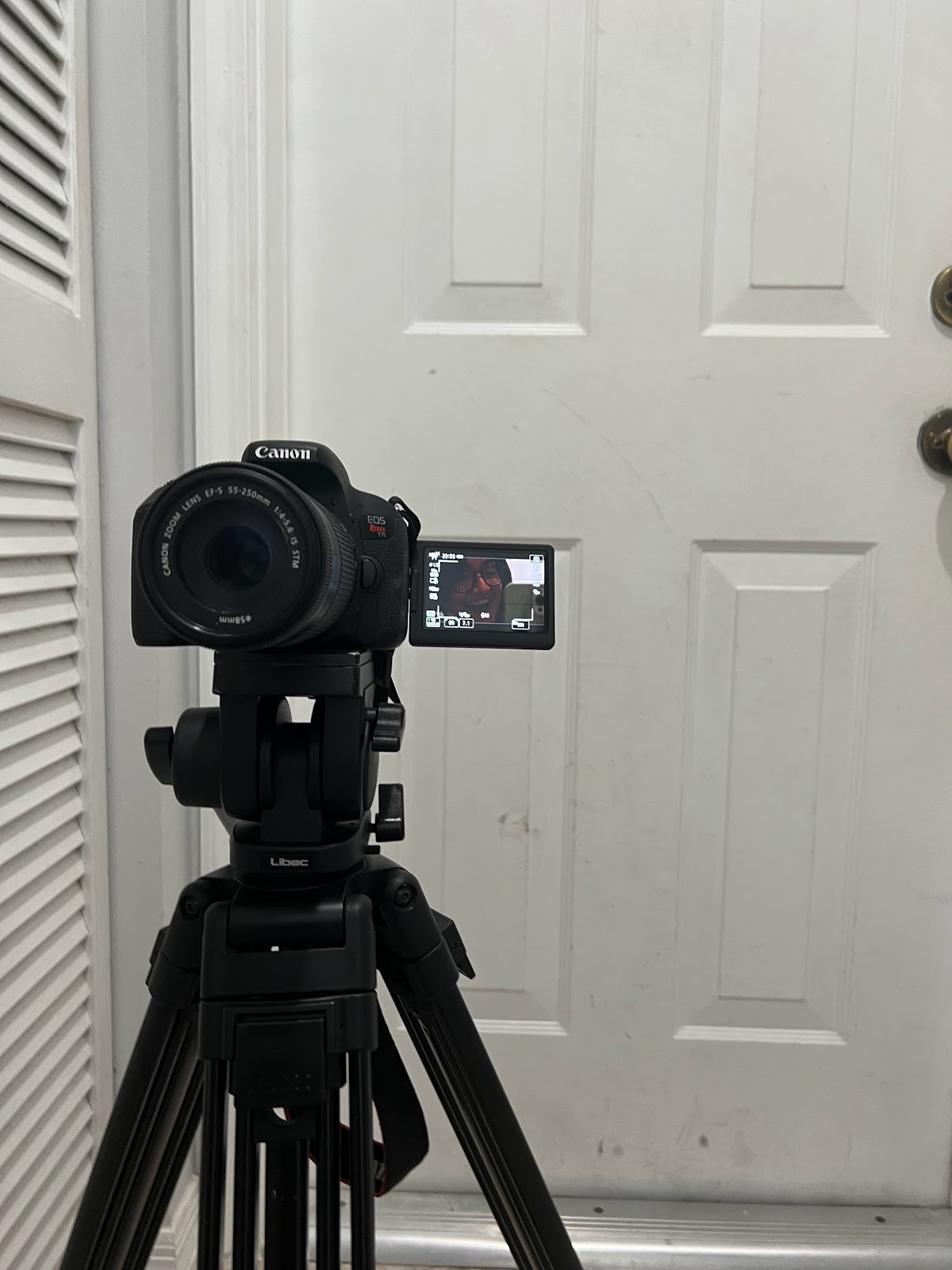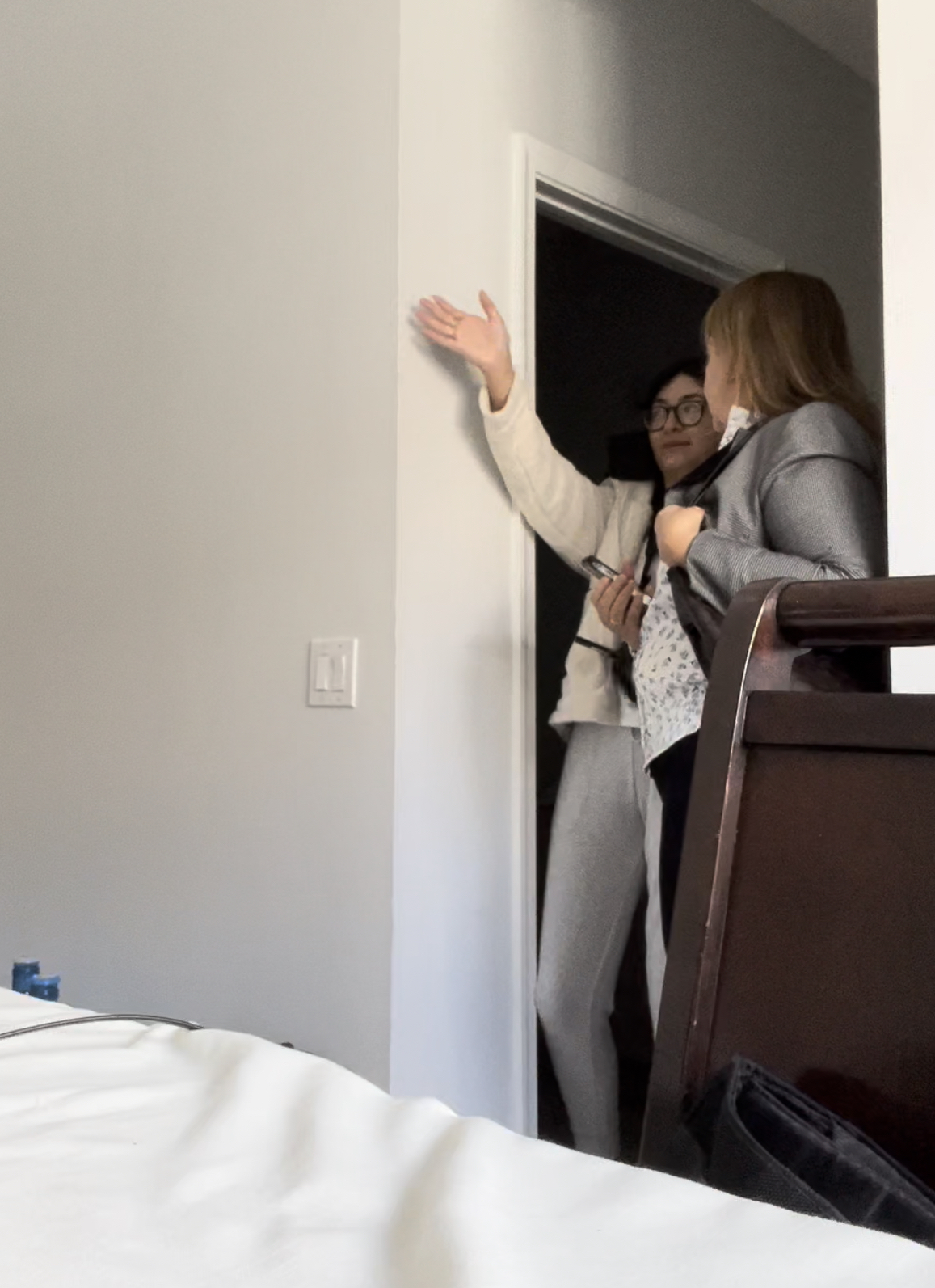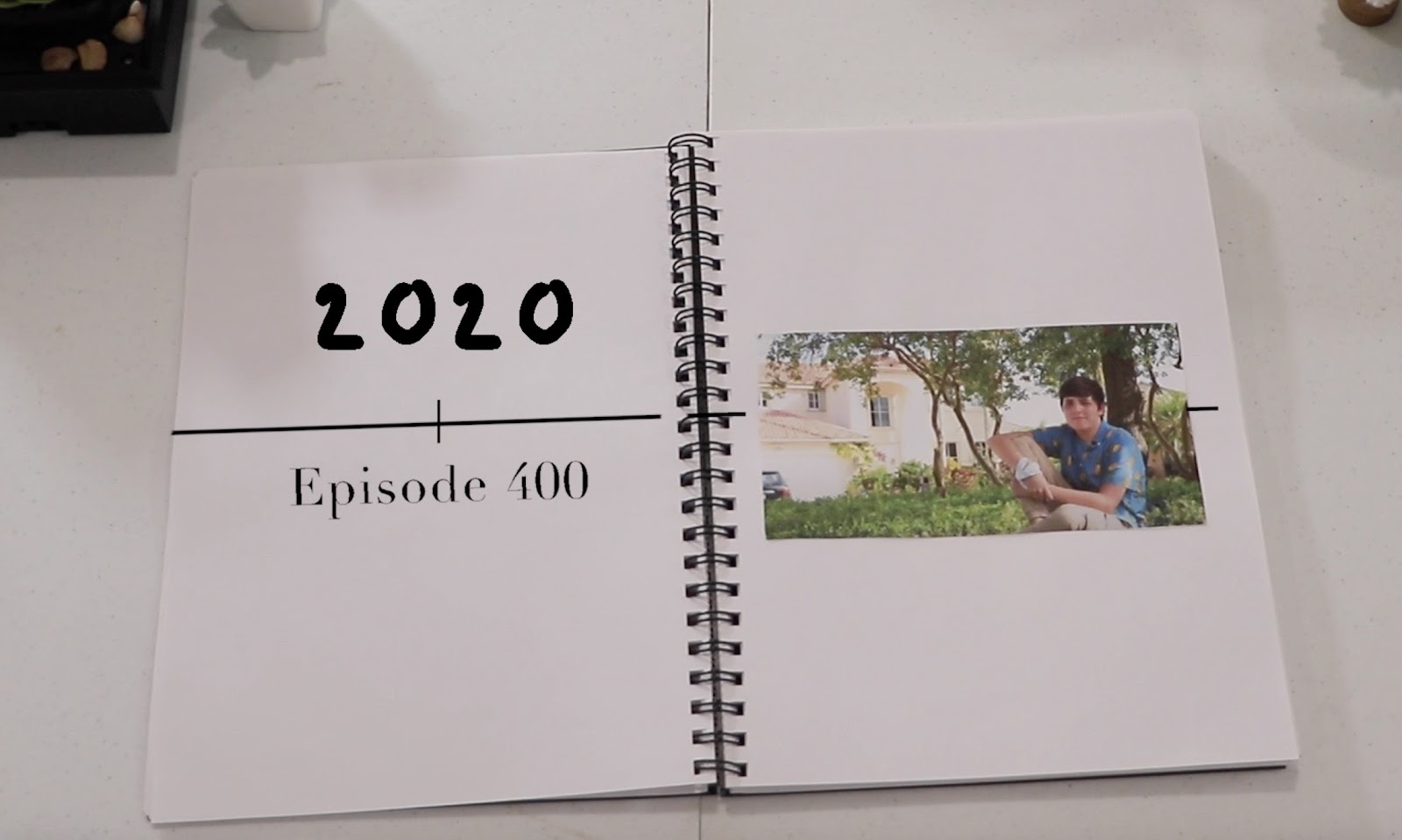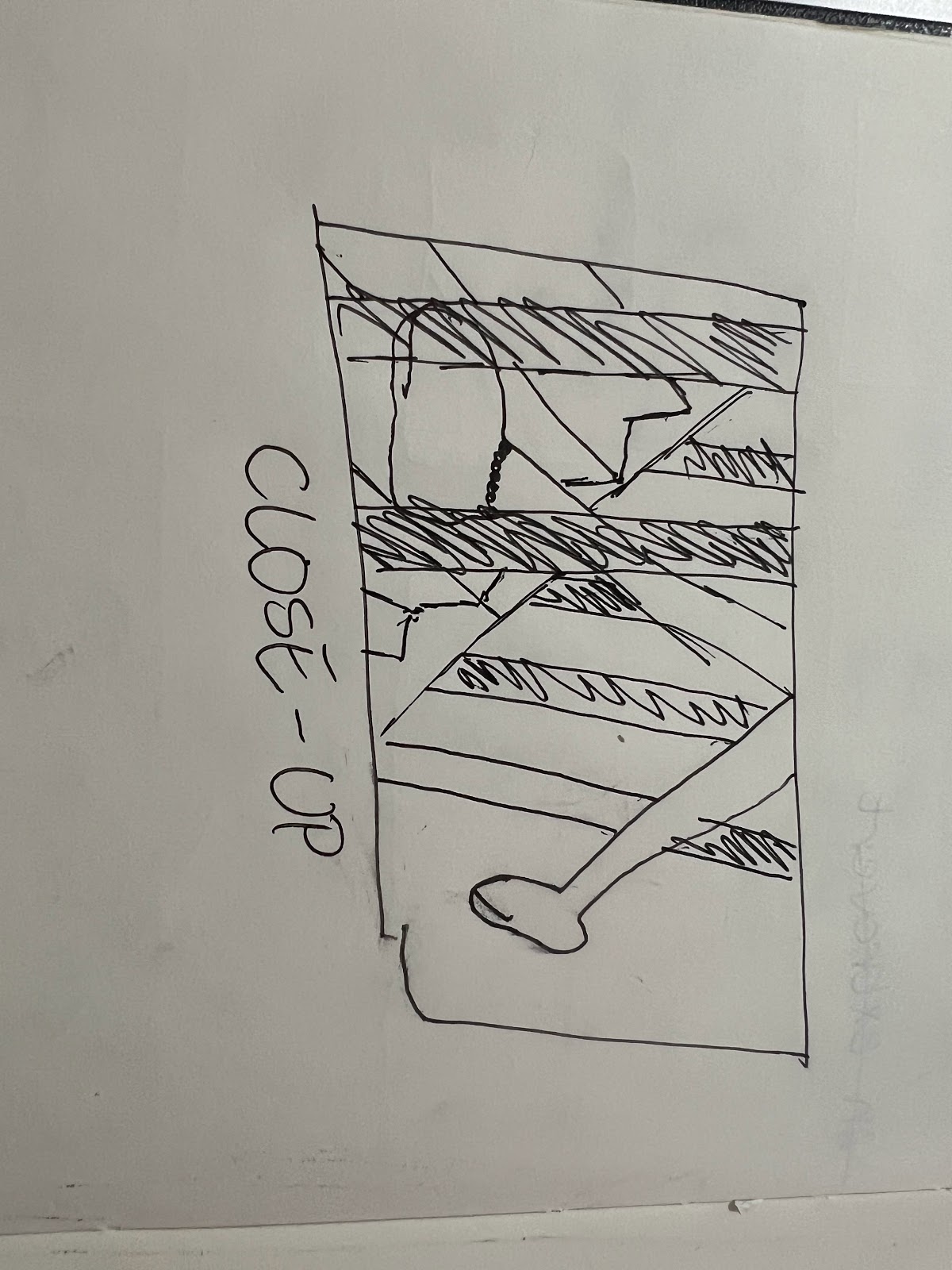There's a particular element of my opening that I haven't really put much thought into, but I'd like to start researching methods for foley. If my opening has realistic sound design, it would really elevate the overall quality of the opening itself, so this week I wanted to immerse myself in the world of foley. This is why I turned to my good ol' friend, YouTube to look for some beginner videos to create my own foley. I came across The Film Look's video when searching for the right video and the methods for creating and editing foley were insightful. In terms of creating the foley, he displays the making of the sounds in a quiet room and a shotgun rode-mic.

I honestly don't have one quiet room in my house, but there is a handy recording room we have on TV that I could use during school one day. I'll be checking out a couple things for this: a boom pole, a boom mic, an XLR cable, and an audio box. These are all things I can just check out from TV luckily. It's a great time to be part of Cypress's television production program, right? Anyway, now onto layering foley sounds properly.
In Film Look's video, he discusses that "footsteps are never alone". Meaning, recording just footsteps alone isn't enough to create a complete sound design for your film, thus, you have to layer it with other elements in the scene to maximize the realisticness. He gave an example of walking through the forest: typically, you'd have to hear the sound of the leaves crunching, but it's also the coat, backpack, and map that's moving along with the character. Although it can be tedious to record the different elements separately, together they make for high-quality foley.

I consider myself to be a pretty hardcore perfectionist and if something isn't close to perfection, I will dwell on it for a long time, so I think the meticulousness of foley will do me some good in the long run. This video also gave tips on how to record those specific elements so they come out nicely. When recording clothing foley, his best tip was to mimic the movement of the character on screen or just move around a little more dramatically so you can really hear the small, subtle sounds well in post. However, the way in which you should mimic the movement was interesting:
don't wear the actual jacket or clothing. He suggested rolling up the clothing piece in a big ball and then just mimicking the movement with your hands rather than your whole body. The same tip was given for recording paper elements like a map: mimic the movement to the best of your abilities and follow the action because recording general foley won't sound or look accurate on screen.
Even after being able to layer all of these elements together, the foley won't sound right without environmental/ambiance noise. I wasn't exactly sure how I would go about this since my opening all takes place in a house, but his tip for indoor scenes was to just record the room tone within that setting. Room tone simply refers to the ordinary, quintessential sounds that come from a location and you don't have to fake it, you just sit there and record it. For instance, maybe I'd hear very distant birds chirping in the background, the AC running, and an echo-y tone of an empty house (for the first half of the opening).
After watching just this video, I feel much more confident going into this next week to film my foley and the actual scene soon. I'm much more pumped to see the final product when I'm able to combine my cinematography skills and newfound foley knowledge to create a solid opening. Goodbye for now!













































